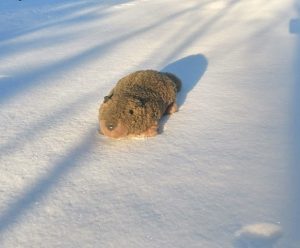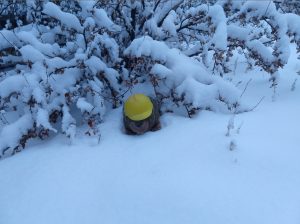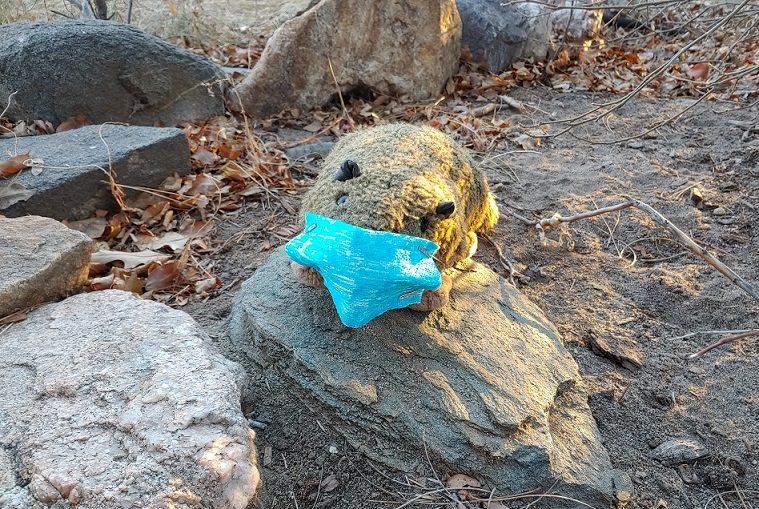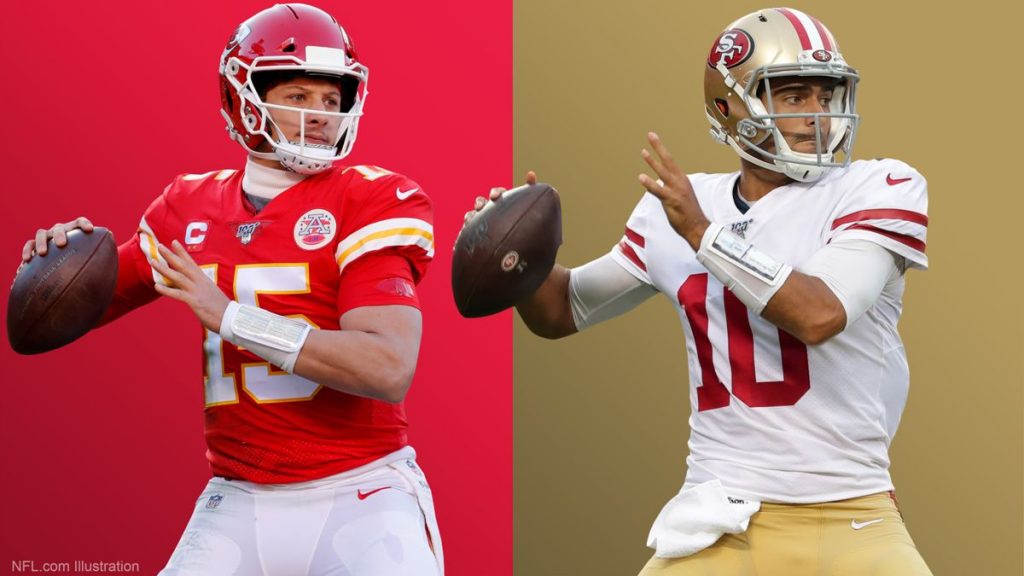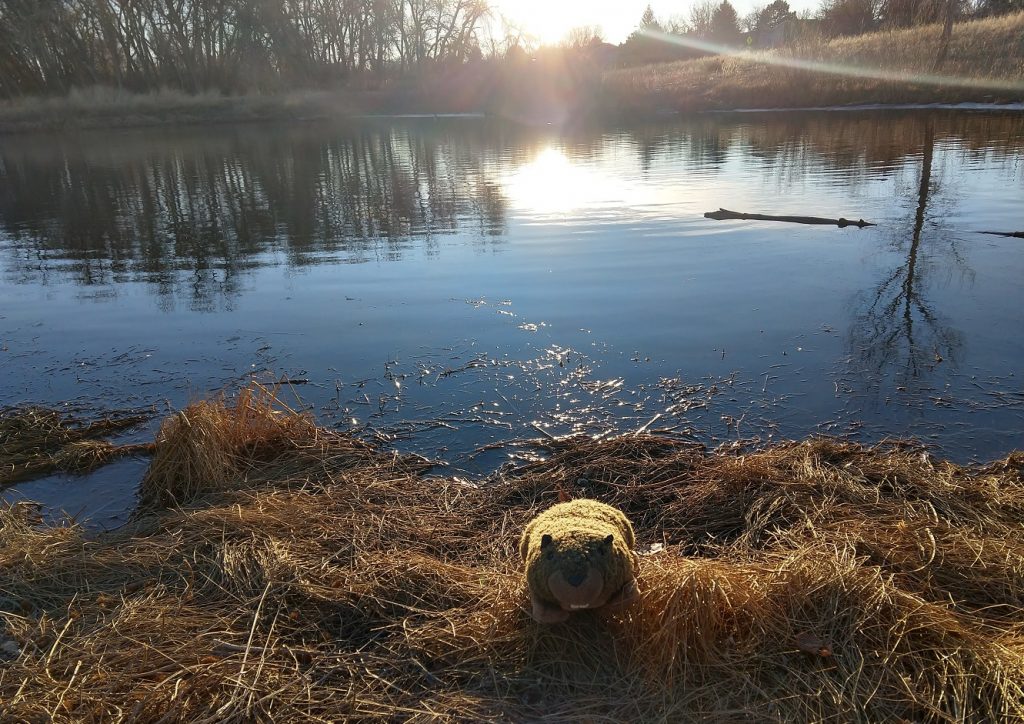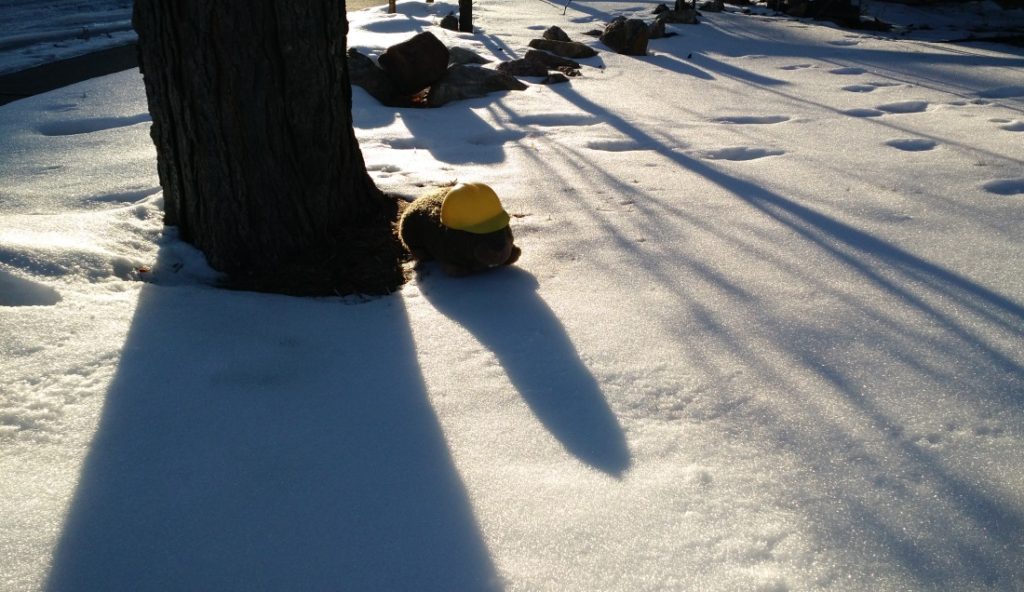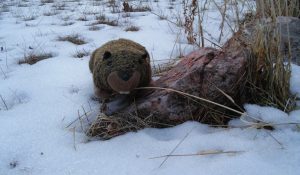After a bitterly cold January, predicting anything resembling spring seemed like a stretch, but as I looked for my shadow this morning, it was conspicuously missing.
Today is Groundhog Day, the halfway point through winter. If nothing else, January 2024 will be remembered for a long time for double digit negative temperatures reaching deep into the country, although you may have “missed it” if you live close to either of the coasts.
The good news is that things are looking a bit better now. The cold has dissipated. There’s even been a bit of a “heat wave” that moved through, although even this warm spell is about to run into a winter storm, but holding my toes up to the sky this morning, I do sense there’s spring in the near future.
No shadow seen. I’m definitely leaning towards an early spring. But fair warning to all you armchair forecasters, astronomical spring is still March 19. We’re not going to be able to modify that.

No shadows here!

